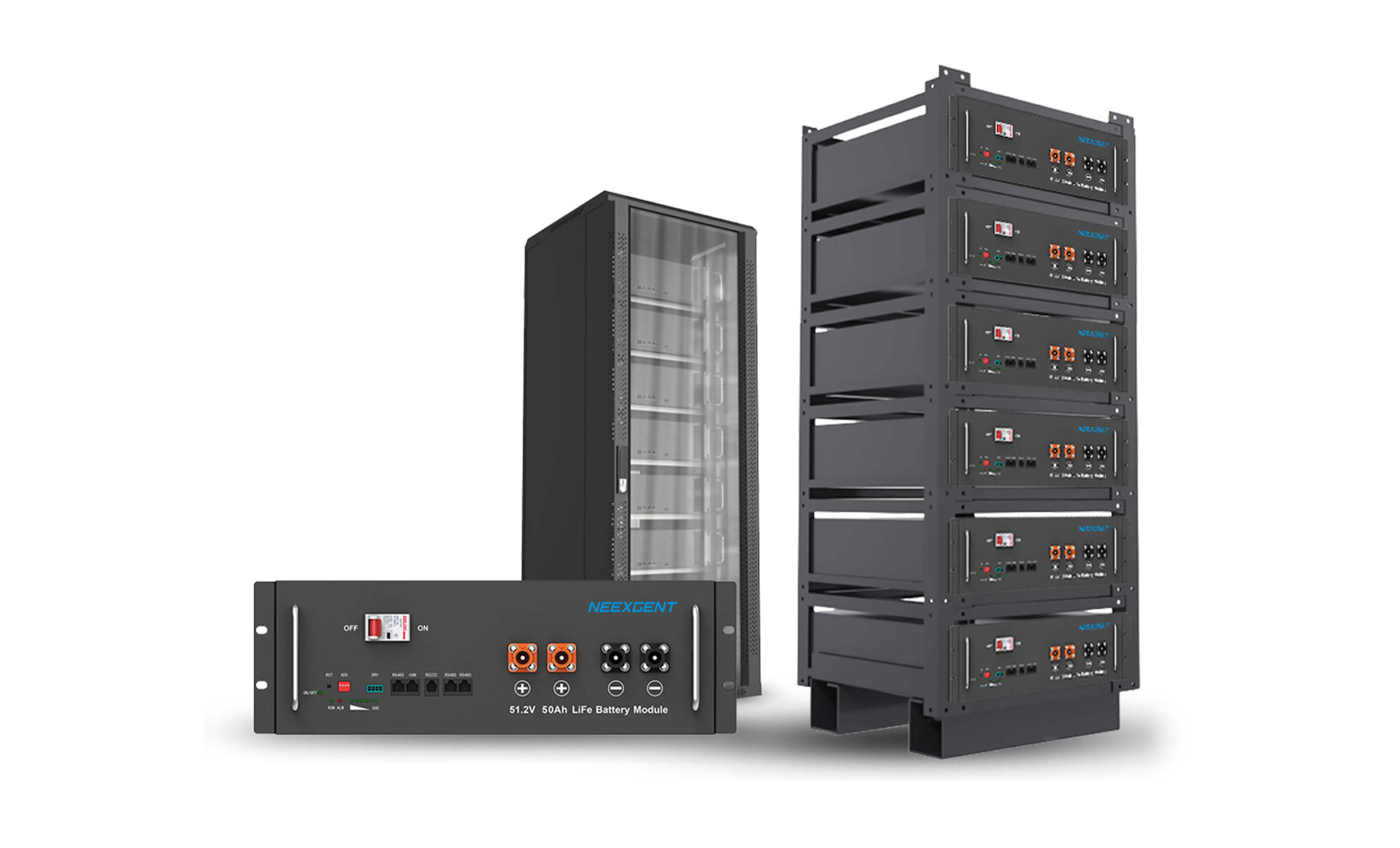Energy storage has become a crucial component of the modern power grid, as renewable energy sources, such as wind and solar, become increasingly common. One popular form of energy storage is the rack-mounted energy storage battery. This type of battery is used to store excess energy generated by renewable sources, and release it back into the grid during periods of high demand. In this essay, we will explore what a rack-mounted energy storage battery is, how it works, and its benefits and drawbacks.

1. What is a rack-mounted energy storage battery?
A rack-mounted energy storage battery is a type of battery system that is designed to be mounted in a rack, much like a server in a data center. These batteries are typically used to store excess energy generated by renewable sources, such as solar or wind, and release it back into the grid during periods of high demand. Rack-mounted batteries are often made up of several individual battery modules, each of which is connected to a control system that monitors and manages the battery's performance.
Rack-mounted energy storage batteries are typically used in large-scale energy storage applications, such as power grids, commercial buildings, and data centers. Some of the key features of rack-mounted energy storage batteries include:
- Scalability: Rack-mounted energy storage batteries are designed to be modular and scalable, which means that additional batteries can be added to the system as needed to increase the capacity.
- Space efficiency: Rack-mounted energy storage batteries are designed to be compact and can be easily installed in a standard equipment rack, which helps to save space.
- High energy density: Rack-mounted energy storage batteries are designed to have a high energy density, which means they can store a large amount of energy in a relatively small space.
- High power output: Rack-mounted energy storage batteries are designed to provide a high power output, which means they can deliver energy quickly when it is needed.
- Advanced battery management system: Rack-mounted energy storage batteries typically come with an advanced battery management system that monitors the performance of the battery and optimizes its operation to extend its lifespan and improve its efficiency.
- Safety features: Rack-mounted energy storage batteries are designed with various safety features, such as thermal management systems, to prevent overheating and other issues that could cause damage or pose a safety risk.
- Long lifespan: Rack-mounted energy storage batteries are designed to have a long lifespan, which means they can be used for many years without needing to be replaced, making them a cost-effective solution for long-term energy storage.

2. How does a rack-mounted energy storage battery work?
The basic principle behind a rack-mounted energy storage battery is simple: it stores energy when it is not needed, and releases it when it is. When a renewable energy source, such as a solar panel, generates more energy than is needed, the excess energy is sent to the battery for storage. The battery then stores this energy until it is needed, at which point it releases the energy back into the grid. This process is controlled by a control system that manages the battery's charge and discharge cycles.
One of the key advantages of rack-mounted energy storage batteries is their flexibility. They can be used to store energy from a wide range of renewable energy sources, including solar, wind, and hydro. They can also be used in a variety of settings, from homes and small businesses to large-scale utility installations.

3. Benefits of rack-mounted energy storage batteries
There are many benefits to using rack-mounted energy storage batteries. Perhaps the biggest advantage is that they help to reduce the need for fossil fuel-based power generation. By storing excess energy generated by renewable sources, they allow that energy to be used when it is needed, rather than relying on traditional power plants to generate electricity.
Another benefit of rack-mounted energy storage batteries is that they can help to improve the reliability and stability of the power grid. By storing excess energy during periods of low demand, they can help to balance out the supply and demand of electricity. This can help to prevent blackouts and brownouts, and ensure that electricity is always available when it is needed.
Rack-mounted energy storage batteries can help to reduce the cost of electricity. By reducing the need for fossil fuel-based power generation, they can help to lower the overall cost of electricity. This can be particularly beneficial for people living in areas with high electricity prices, such as remote communities or areas with limited access to traditional power sources.
4. Drawbacks of rack-mounted energy storage batteries
While there are many benefits to using rack-mounted energy storage batteries, there are also some drawbacks to consider. One of the biggest challenges is the upfront cost of installing the system. While the cost of energy storage batteries has come down in recent years, it is still a significant investment, particularly for small businesses or homeowners.
Another potential drawback of rack-mounted energy storage batteries is that they have limited storage capacity. While they can be used to store energy from a wide range of renewable sources, they can only store a certain amount of energy at any given time. This means that they may not be able to meet the energy needs of larger businesses or industrial facilities.








